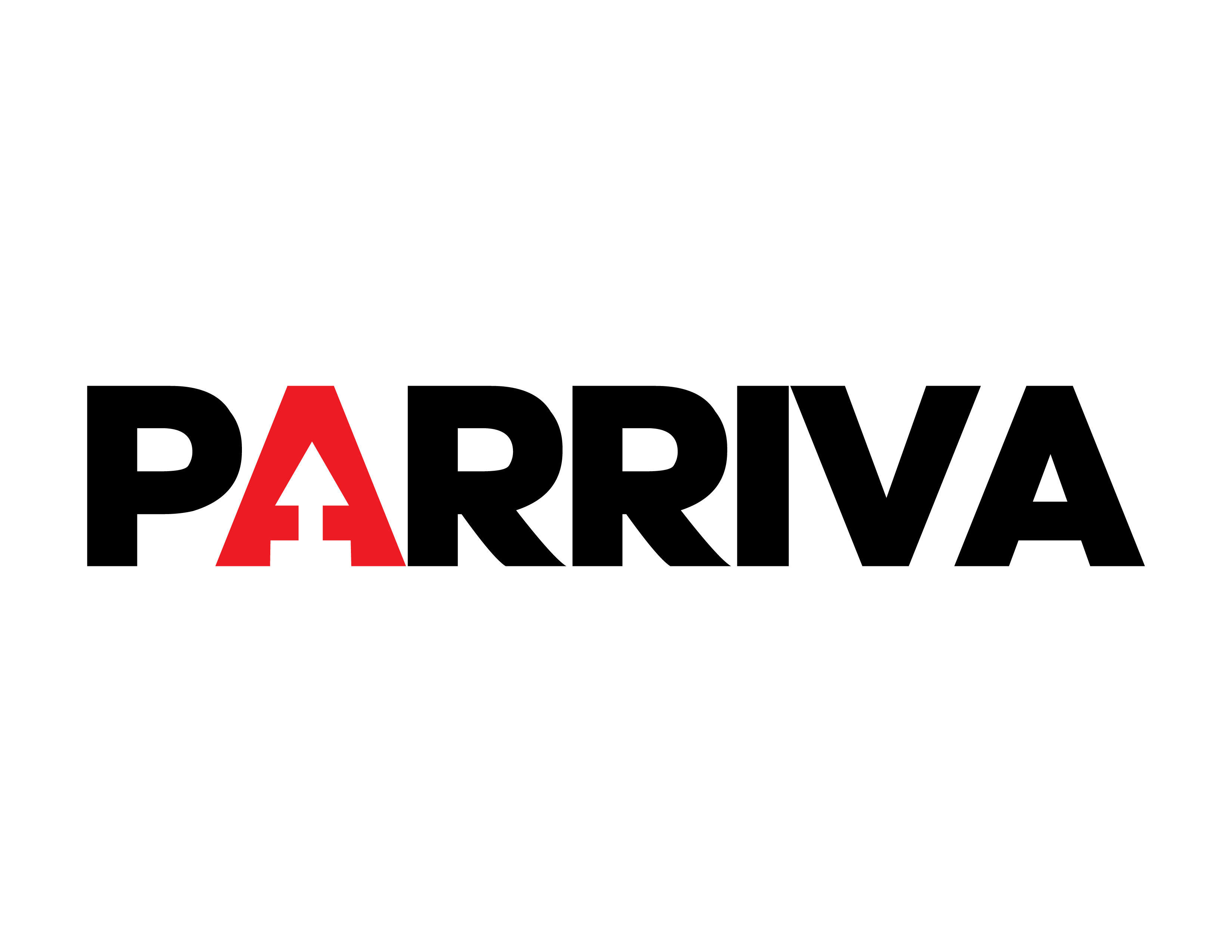Navasana: The Yoga Pose That Works Like 100 Sit-Ups (According to Experts)
More people today are looking for simple, sustainable ways to strengthen their core without difficult gym routines. Yoga has become one of the most effective alternatives—not just for physical conditioning, but also for stress relief and emotional balance. Among the many postures practiced in modern yoga, Navasana (Boat Pose) has gained global attention for its powerful impact on abdominal strength.
This classic pose from the Ashtanga Yoga tradition is often described as one of the most effective ways to work the core. In fact, world-renowned yoga master Sharath Jois once said that completing 25 controlled breaths in Navasana is equivalent to doing 100 sit-ups. But unlike traditional crunches, Navasana engages multiple muscle groups, improves balance, and supports long-term spinal health.
Navasana is a signature posture in Ashtanga Yoga—a method known for combining fixed sequences, breath control (pranayama), and progressive strength building. This posture requires:
- Strong abdominal engagement
- Stability in the back muscles
- Breath control
- Coordination and concentration
- Balance and alignment
Regular practice not only strengthens the physical body but also helps regulate the nervous system.
Backed by Science
A study from S. Nijalingappa Medical College, published in Biomedicine, found that consistent yoga and meditation practice can help regulate cortisol, the hormone linked to stress. This means Boat Pose doesn’t just sculpt your abs—it contributes to improved emotional balance and lower stress levels.
Benefits of Navasana (Boat Pose)
- Strengthens the Core
Navasana activates the entire midsection, including:
- Rectus abdominis
- Transverse abdominis
- Obliques
- Hip flexors
This deep engagement is why it’s often compared to an intense abdominal workout.
- Improves Back Stability
In addition to the abs, the lower back muscles must stay active to keep the spine aligned. This strengthens lumbar support and improves posture.
- Tones Legs and Arms
Holding the “V” shape requires:
- Strong quadriceps
- Engaged calves
- Activated arm muscles (especially when arms are extended)
- Improves Circulation
Keeping the legs elevated encourages better blood flow to the lower body.
- Boosts Focus and Coordination
The balance required helps sharpen concentration, body awareness, and mental stability.
- Aids Fat Burning
Because it is an isometric hold that engages multiple muscles at once, it helps increase calorie burn and supports fat reduction in the abdominal area.
Here is the correct technique:
- Start Seated
Sit on a yoga mat with:
- Your knees bent
- Feet flat on the floor
- Spine straight
- Engage Your Core
Lean back slightly while maintaining a long spine.
- Lift Your Feet
Raise your feet off the ground so your shins become parallel to the floor.
- Extend Your Legs
If you can, straighten your legs upward to form a “V” shape.
Beginners may keep the knees bent.
- Extend Your Arms
Reach your arms forward, parallel to the floor.
(You can also hold the backs of your thighs for stability.)
- Hold the Pose
Maintain steady breathing. The typical recommendation is:
5 to 10 deep breaths — or, for advanced practitioners, up to 25 breaths as Sharath Jois suggests.
Tips for Safe Practice
- Keep your spine long—not rounded
- Start with bent legs if you have tight hamstrings
- Engage your lower belly to protect your back
- Focus on slow, controlled breathing
- Avoid the posture if you have lower back injuries (unless supervised)
Navasana is more than a core exercise—it’s a complete body-and-mind strengthening tool. With consistent practice, you’ll not only build abdominal endurance but also improve posture, balance, and emotional resilience. Whether you’re a beginner or an experienced yogi, adding Boat Pose to your routine can create powerful long-term benefits.








